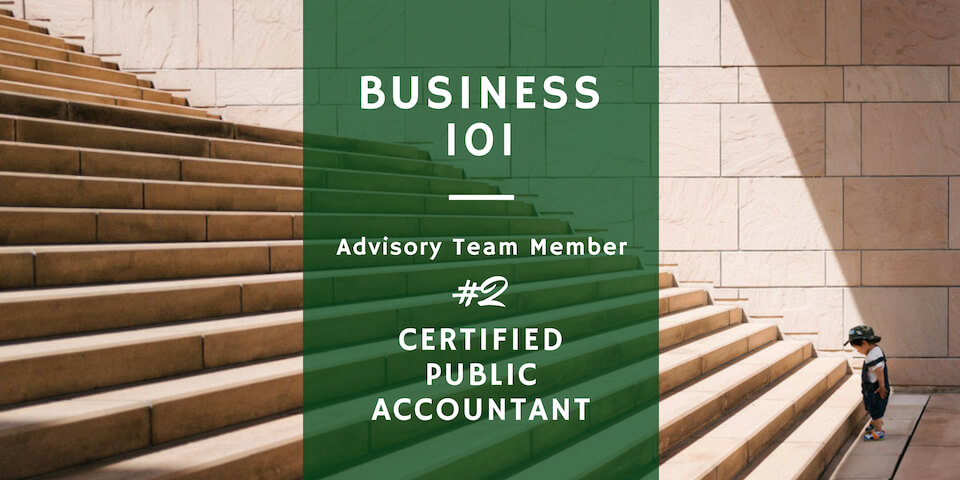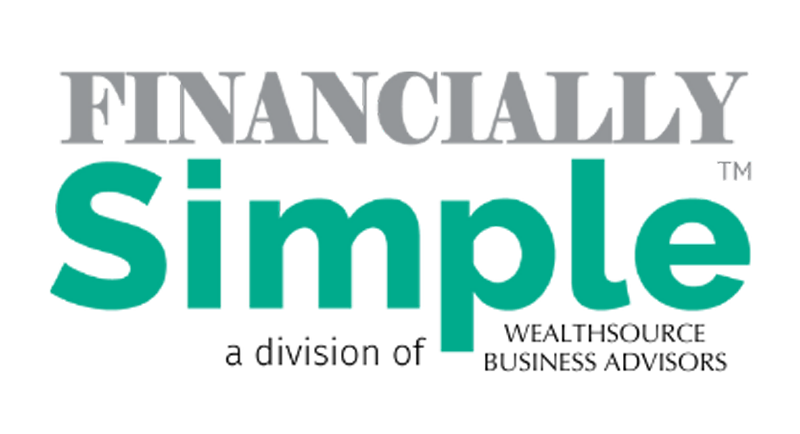
A Certified Public Accountant – #2 Must-have Advisor for a New Business
August 8, 2018
Five Steps Required to Build a Strong Business Budget for Your Startup
August 16, 2018Which Retirement Plan Should You Offer Employees?

As a small business owner, I understand the desire and importance of taking care of your employees. The task of providing for your family and your employees’ families can be daunting. You can do both! However, providing retirement plans for employees requires us to be very cost-conscience. This attention to cost needs to be a driving force when looking at the different plans, but not the only consideration.
Retirement plans are a long-term planning option that can help distinguish your company as a great place to work, no matter the size. There are several retirement vehicles to consider when making this decision. There is no one size fits all.
For example, I recently had a phone call with a friend that is in the first year of his start-up business. He called inquiring about setting up a 401(k) for his small business. As of right now he had 30 employees but expected the company to grow to around 100 employees within the next year. In talking with him, I was able to ask a few questions to gauge exactly where he is in terms of being ready to set up retirement plans for employees.
The answers my friend gave led me to initially suggest he look at using a SEP (Simplified Employee Pension) IRA as opposed to the 401(k) he was considering. For various reasons, it made more sense for him to choose this vehicle to help his employees as well as himself.
Knowing which vehicle to use depends on the answers to a variety of questions. Here are a few:
- Do you have employees?
- How much employee turnover do you have?
- Do you want to match?
- Do you have employees with less than three years of employment?
Your answer to each of these, along with advice from your advisor, will help you determine the best option. There are a few of the possibilities you can utilize.
Overviews of 4 Popular Employee Retirement Plans
SEP IRA:
The Simplified Employee Pension IRA is a suitable choice for sole proprietors looking to save on overhead costs, as they are among the most flexible retirement vehicles business owners can offer. SEPs cover employees after they been employed by you for more than three years. As a caution, if you making a contribution to your SEP, you will then also be required to make a contribution to every eligible employee’s SEP-IRA. This can be a costly option for you, so use caution with this plan to save aggressively. Utilizing a SEP, however, will allow you, the business owner, to shelter up to $55,000 of your pre-tax income.
SIMPLE IRA:
If your business employees fewer than 100 people, then a SIMPLE, or what is known as a Savings Incentive Match Plan for Employees, might be a good option. Known for their easy setup and lower administrative costs, SIMPLEs are more generous in their contribution limits than a traditional IRA and keep costs lower than a 401(k). However, you cannot offer any other retirement plan options alongside a SIMPLE. While your employees can opt to contribute or not, you, the employer are required to provide a 100% match up to 3% or the employee’s contribution. Or you can also contribute up to 2% of their annual salary.
401(k) with Safe Harbor:
Small to medium-sized businesses can often benefit the most from utilizing 401(k) plans with a Safe Harbor. Additionally, any size company can offer this type of plan. If your company could run into compliance issues with IRS’s non-discrimination testing this plan could be your best option. At the beginning of each fiscal year, you will choose whether to make a non-elective matching contribution of at least a 3% or an elective contribution that is derived from one of two specific formulas.
Roth IRA:
Named after Senator William Roth, these plans were part of the 1997 tax relief act and are typically funded with after-tax dollars. While there is no employee match, the money grows tax-free and can be withdrawn at any time. Roth IRAs aren’t necessarily employer-sponsored plans, however, thanks to electronic payments, your employee can designate a portion of their check to go into their Roth IRA. You would basically give them the opportunity an after-tax portion of their paycheck to the account through a payroll deduction. You may not be able to match their contribution, but you could raise their wages for them to make this contribution. Keep in mind though, you cannot force them to make a contribution to a Roth.
Each of these can help you and your employees’ plan for retirement, however, don’t underestimate the power of putting your money back into your business as well—especially as a start-up company. For my friend, that was the decision we ultimately made. He could better help his employees by pouring the money back into the business and growing it, which would allow him to offer his employees a better retirement vehicle down the road.
The question is not always which retirement plan should you offer employees? Rather it is also, when should I offer it? Retirement plans are often a great option for an employee incentive program for small businesses, and I highly recommend them… at least when the time is right.



